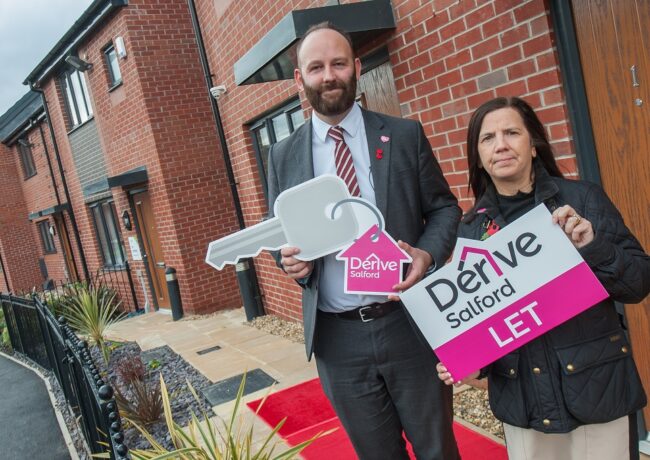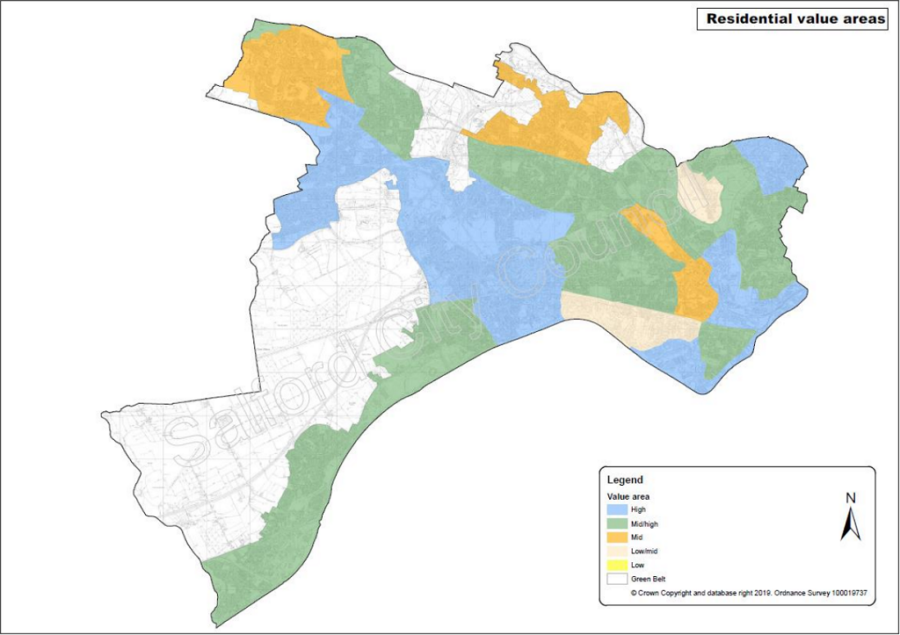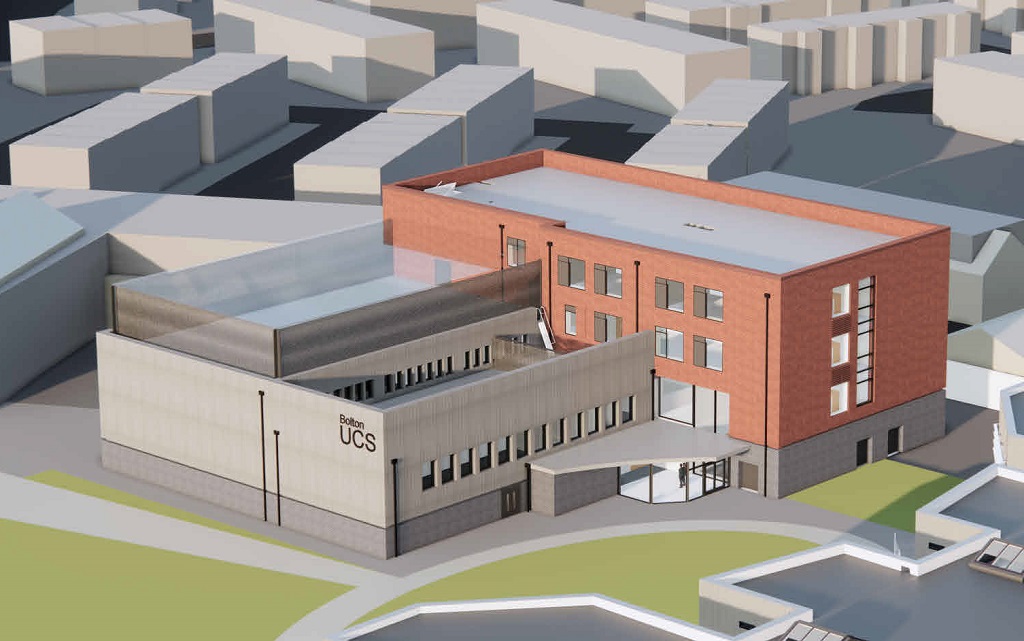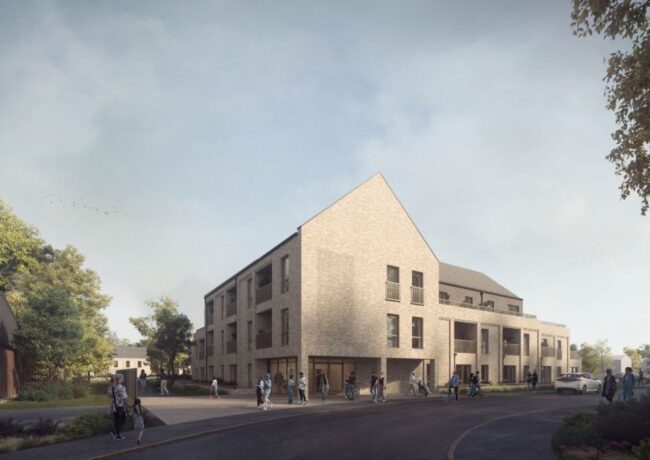Salford looks to increase developer contributions
Salford City Council is set to ask for an increase in developers’ Section 106 contributions to open space and education, as well as upping the percentage of affordable housing required as part of residential projects, at its cabinet meeting later this week.
According to the council, adding to the level of Section 106 agreements reflects changes to planning guidance which came into effect in September. The council said it was making a “minor refresh” to existing planning documents, “rather than introducing new policy or formulaic approaches”.
In regards to affordable housing, the council has calculated 613 houses will be needed per year to address the current backlog, spread over five years.
The council recently launched its own affordable housing arm, Dérive, which was set up with £2m of Section 106 money to try and tackle the city’s housing crisis.
“As of September 2019 there were 6,514 households on the housing register seeking affordable housing in Salford, with the vast majority of these being in priority need,” a report to the cabinet said.
As part of meeting this need, there would be an increase in the amount of affordable housing required in schemes coming forward, of 11 houses or more.
Build-to-rent schemes, including co-living developments, will have to ensure at least a fifth of all properties offer affordable rents, at 20% cheaper than average market rents in the local area.
In high value areas of Salford, both housing and apartment schemes will be required to provide 20% affordable properties, which will be a mixture of 75% social or affordable rent, and 25% intermediate, where rent is still below market value.
In mid-to-high value areas, this same criteria only applies to houses, while apartments will only have to provide 10% affordable housing, at an intermediate level.
The noticeable difference between this planning obligations document, and the one from 2015 in terms of affordable provision, is that 10% of low to mid value houses will be required to have 50% affordable and 50% intermediate provision, whereas in the 2015 document, 100% of the provision was intermediate.
The mid value apartments, low to mid apartments and low value houses and apartments were not required to provide any affordable provision whatsoever in the 2015 document, however now their provision will be negotiated on a case by case basis.
The council also laid out guidelines regarding design quality and the location of affordable housing within schemes: “Affordable housing should be designed and built to an appropriate and agreed standard, such that homes are fully integrated into a development as far as practicable, with visible differences between tenures minimised.
“Although the affordable dwellings should normally be ‘pepper-potted’, small clusters of up to 10 will be acceptable given the practicalities of managing and maintaining units.”
Financial contributions will be sought for developments of more than 11 houses. For those projects which have no on-site provision of open space, the council is asking for money towards the provision or improvement of public space elsewhere, of £1,594 per bed per house, and £1,151 per bed per apartment. This is an increase of more than £100 since 2015, when the provision sought per bed per house was £1,439.
The council said it “recognises that the open space needs of different types of dwelling will vary. Houses can be expected to generate a requirement for each of the four types of provision, and therefore the £1,594 per capita figure is appropriate.”
The four types of open space provision are: a full range of youth and adult facilities in each service delivery area; a minimum of 2.27-acres of high quality managed sports pitches per 1,000 people; a minimum of 0.61-acres of equipped children’s play areas per 1,000 people; and open amenity space related in scale to the development to meet the need for casual children’s play space.
In terms of education contributions, the council is set to increase its requirements per primary school place over £1,000, from £9,525 to £10,553.






Affordable housing? Seriously who can’t afford to live in Salford?
By Dan
Fine but as long as it does not apply to affordable schemes!
By Acelius
@Dan
https://www.derivesalford.co.uk/news/twenty-eight-compete-over-every-affordable-property/
By Vicky
No one that you know or see Dan
By Huey
Affordable the rents are to high. Need to lower the rents. Had to give my Apartment up had 2 jobs still couldn’t Afford the rent.
By C winnard